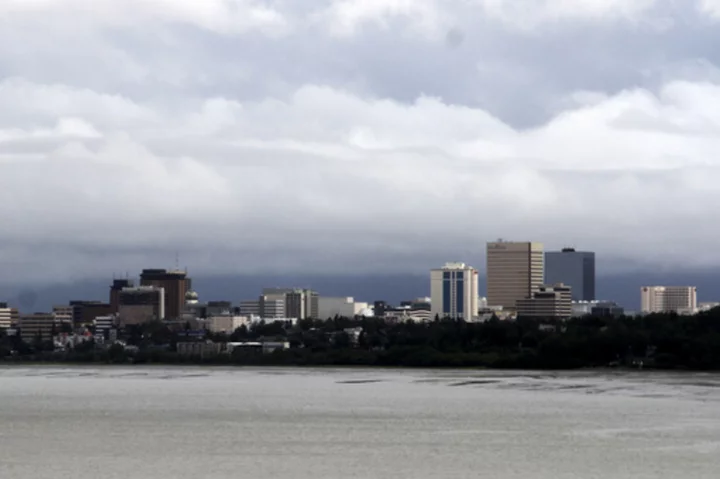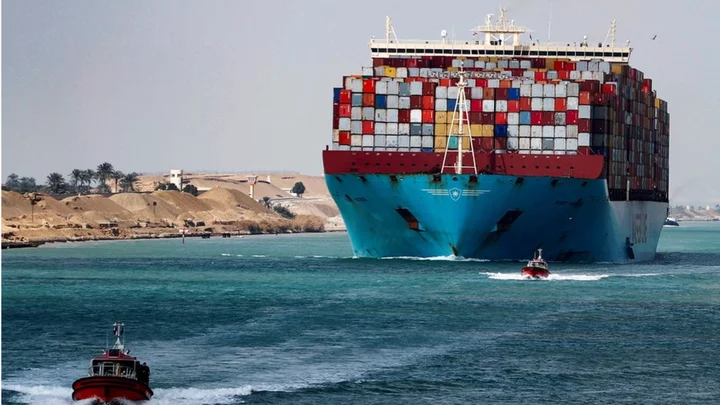ANCHORAGE, Alaska (AP) — Researchers have concluded there is a “rare but real risk” that an earthquake-produced tsunami could inundate parts of coastal Anchorage under certain conditions, a newspaper reported, a shift from the prior understanding of the risk posed to Alaska's largest city.
Previously, researchers said the shallow waters of Upper Cook Inlet would work to diminish the power of a tsunami wave. But that was not based on scientific modeling, said Elena Suleimani, an author of the report and a tsunami modeler with the Alaska Earthquake Center, the Anchorage Daily News reported.
“Up until now, our understanding of the risk or level of hazard exposure was just anecdotal,” Suleimani said.
The findings from the study by the University of Alaska Fairbanks and the Alaska Division of Geological and Geophysical Surveys — released Wednesday — stem from a first-time effort to model potential tsunami impacts on Anchorage based on various earthquake scenarios, according to the newspaper.
“A rare combination of earthquake magnitude, location, and timing must be satisfied for tsunami wave energy to reach upper Cook Inlet coincident with a natural high tide,” the study states.
Part of the reasoning for the belief that Anchorage was not susceptible was that during a magnitude 9.2 earthquake in 1964, there was no observation of a tsunami in the city, the researchers said. But they found through modeling that the earthquake did produce a 10-foot (3-meter) tsunami — one that went unnoticed because it arrived at 2 a.m. during a minus-16-foot (minus-4.9-meter) low tide that resulted in the water level staying below normal high tide levels.
The modeling of future tsunami potential for Anchorage evaluates hypothetical situations involving a quake above 8.5 in magnitude.
A potential worst-case scenario would largely affect park land and infrastructure, such as the port, but also could affect some waterfront homes, said Amanda Loach, director of Anchorage's emergency management office. The dynamics of Upper Cook Inlet are such that a destructive wave would probably be hours away, so people could be warned in advance, she said.
The city and state plan to work on a plan to address the risk, Loach said. Residents shouldn’t be alarmed by the report but should think about preparedness, she said.









